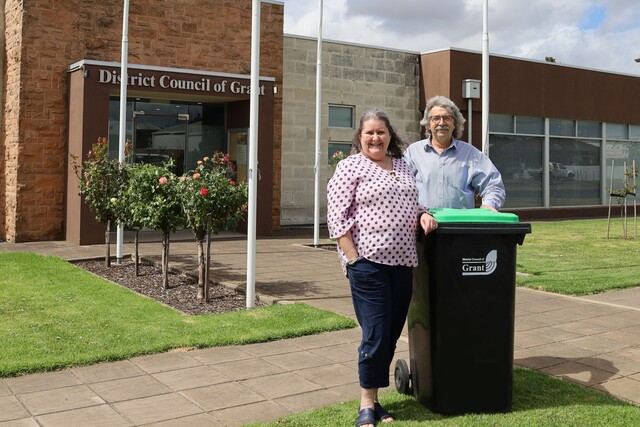The UK Experience by Malcolm Morley *
August is a time for holidays in England. Many in Local Government will be flying off to even warmer climates for well earned rest and relaxation. Those who remain at work, however, will have much to keep them busy.
The Government has announced 66 pilots for the next stage in the development of Local Area Agreements (LAAs). LAAs mark a radical change in the Government’s approach to the coordination of public sector investment and the governance arrangements associated with that investment at a local level.
Funding streams from across the public sector are being brought together with the aim of achieving greater outcomes from coordinated investment to reflect national and local priorities. The main vehicles for this coordination of investment are to be Local Strategic Partnerships (LSPs). LSPs are independent local partnerships with representatives drawn from the public, private and voluntary sectors charged with responsibility for the development of local Community Strategies. Councils are but one of the public sector partners.
In the pilot areas LSPs will now play an even more important role in ensuring that public sector investment is coordinated to deliver those strategies.
LAAs are three year agreements that set out the priorities for a local area agreed between Government, represented by the Government Office for the region, and the LSP. The agreements will be reviewed annually to enable changes in national and local priorities to be reflected in them.
A financial incentive is being provided in the form of a LAA Reward Grant. Where ‘stretch’ targets are agreed and achieved the partners will receive additional funding from Government. Initially they are seen as an opportunity for local partners to agree a relatively small number of shared targets and to simplify Government grant funding.
The key elements of the LAAs are:
- negotiation between Government and the LSP
- setting agreed target outcomes around the four blocks of children and young people, safer and stronger communities, healthier communities and older people, and economic development
- simplifying funding streams by selectively pooling and aligning Government grants and budgets relating to those blocks
- Reward Grant for achieving ‘stretch’ performance
- reducing central control by negotiating new freedoms and flexibilities.
Key to achieving the full potential generated by LAAs is:
- The ability of LSPs to act as the forum for the agreement and review of local targets focused upon outcomes rather than just outputs.
- The willingness of partners to commit and deliver, through effective partnership working, significant investment and activity focused on agreed outcomes.
- The flexibility of nationally controlled organisations to respond to local priorities.
- Realistic targets and investment that recognise the often complex relationship between cause and effect and the time taken to achieve outcomes as well as outputs.
By the end of September LSPs (and consequently the partners within them) have to have made an initial submission to the Government Regional Office about the priorities and high level outcomes that they wish to see achieved through the LAA. Getting this initial submission agreed is going to take time and needs to be right as it will form the base for negotiations with the Government.
Who wanted to read books on the beach anyway?
* Malcolm Morley is Chief Executive of Harlow District Council and can be contacted via the Editor, email info@lgfocus.com.au The views expressed in this article are not necessarily those of his employer.







